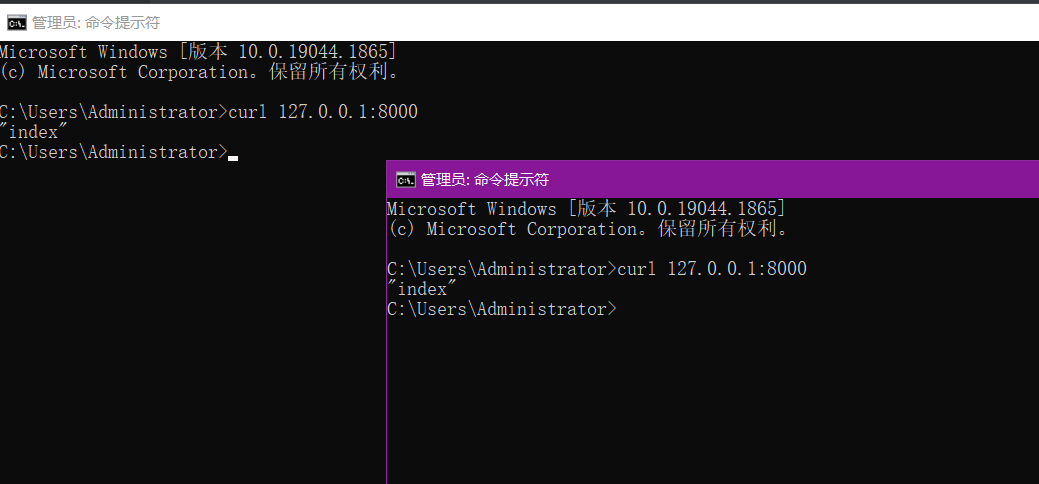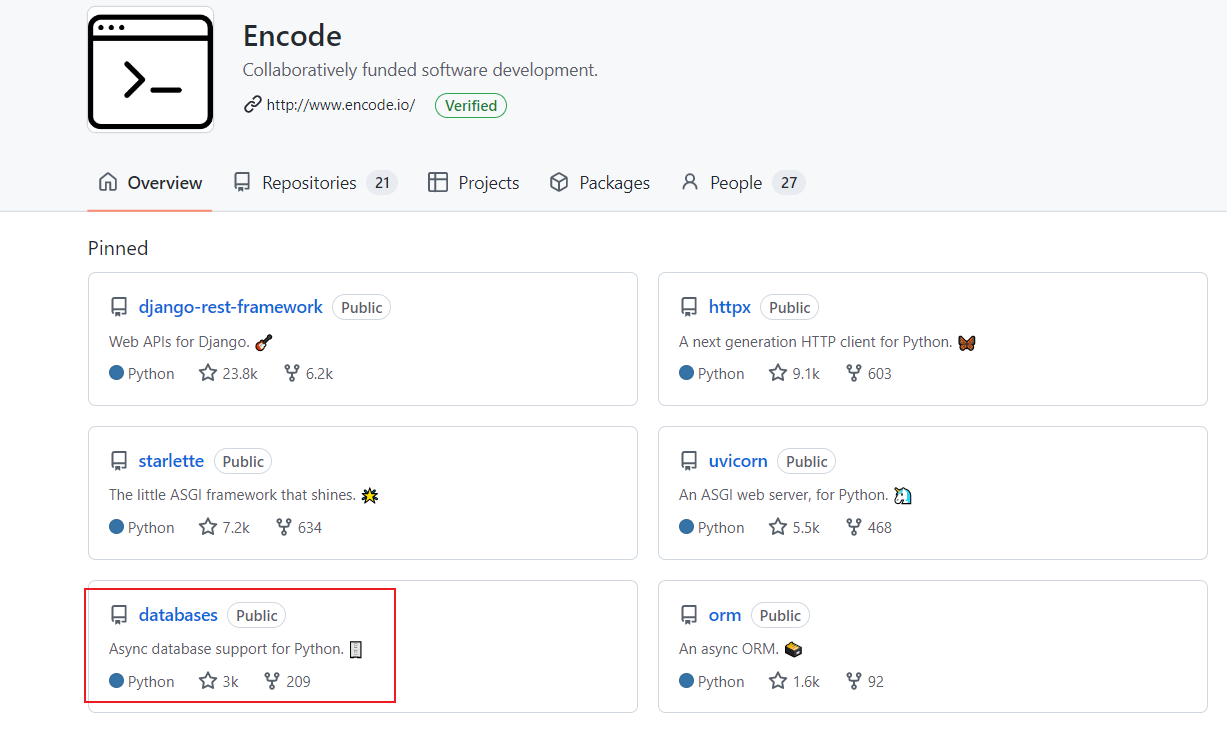【python】FastAPI之异步async-await(八)
12-1 fastapi是异步Web框架【重点】
FastAPI这个web框架是异步框架,那它到底是如何体现异步的呢?
本质上,实现异步的方式有三种:多进程、多线程和协程,FastAPI实现异步使用了多线程(线程池)和协程的方式。
- 当我们写普通形式的代码时:即使用
def定义路径函数,FastAPI内部帮我们使用多线程(线程池)实现异步并发 - 当我们写async形式的代码时:即使用
async def定义路径函数,FastAPI内部使用协程的方式实现异步并发。 - 在一个项目中,我们可以同时普通函数定义的路径函数(api),和async def 形式定义的路径函数(api)
- 但是要记得,在async def 形式定义的函数内,不能使用同步的代码,否则接口的响应速度极慢。
12-2 比较同步和异步代码【重点】
在FastAPI中可以使用普通函数定义的接口,也可以使用async def 实行定义的接口。但是使用是需要注意,否则会导致程序极慢。
示例1:普通函数形式定义的接口,会按照多线程(线程池)的方式异步执行
- 比如这个接口,使用
time.sleep(5)模拟耗时5s - 当两个客户端同时访问该接口时,服务端就会收到两个请求,因为FastAPI内部使用多线程的方式来处理,一个请求会被一个线程来处理,两个线程几乎同时执行。于是5秒后,两个请求都得到了响应。
1 | |
示例2:async def 形式的定义的接口,使用单线程协程的形式异步执行
因为使用了协程的方式,当有两个客户端发请求时,单线程内代码块级别的切换,最终5秒后两个客户端都会得到响应。
注意:协程时不能使用同步阻塞的time模块,**需要使用
asyncio.sleep()*。又因为它是协程对象,所以需要使用await才能被执行。注意:不可以time.sleep()*另外,
await必须使用在async定义的函数内,否则报错。同时注意,在async def 内部不能使用同步模块,否则就会变成单线程同步执行的方式。
1 | |
示例3:在协程函数内错误使用同步模块
- 因为使用
async def定义的函数,所以FadtAPI内部使用单线程的协程方式运行代码,所以当两个客户端发请求时,服务端只有一个线程处理两个请求。 - 但因为是同步阻塞5秒,所以只能等第一个请求5秒后处理完,才能开始执行第二个请求。所以第二个请求等待了10秒才能得到响应。(同理,多个客户端发请求就是多个5秒等待)
1 | |
【注意】
- 演示上述代码时,不要在一个浏览器上开两个tab页,可能无法演示出效果。这是因为有些浏览器有设置,一个host之后一个连接,所以打开的两个tab也通用一个和服务端通信的连接,此时的效果就是第一个请求得到响应后才开始第二个响应。
- 你可以使用两个不同的浏览器演示示例;或者开两个cmd窗口,使用 curl命令来发请求。

12-3 同步异步如何选择【重点】
FastAPI非常灵活,支持你写普通的函数,也支持你写async def 形式的函数,那到底该如何选择?
下面有几个原则,可以帮助大家做选择:
- 你需要使用一个普通的,内部有IO等待的第三方库,此时使用
def
1 | |
- 你需要使用的一个第三方库,需要使用
await调用时,此时使用async def
1 | |
- 你自己编写的工具库或者第三方工具库,代码执行过程中不涉及IO等待,此时直接调用即可,不用
await - 当你的函数内部只要有一处使用
await, 该函数必须使用async def定义
1 | |
当你对协程/async/await/asyncio这些概念不清楚的时候,就使用普通函数。
你需要使用的一个第三方库是同步库,但是你需要它支持协程异步,那需要自己使用线程池的方式运行,参考视频:
12-4 fastapi集成aiohttp
传统python代码中发请求(如爬虫)我们一般使用requests模块,但是这个模块是同步阻塞的。
所以在异步asyncio体系中,我们不再使用requests模块,一般会使用异步的 aiohttp 模块。(httpx)
- 使用前现在安装
1 | |
- 简介:异步支持客户端和服务端,功能强大。网址:https://docs.aiohttp.org/en/stable/
示例1:基本使用
1 | |
示例2:在fastapi中使用
1 | |
- 或者将爬取百度页面的代码封装成一个协程函数,在接口中直接调用该协程函数即可
1 | |
12-5 fastapi集成aiomysql
在python中操作mysql我们通常使用pymysql作为数据库驱动,但是在异步的世界中我们使用aiomysql当驱动。
官网:https://aiomysql.readthedocs.io/en/latest/index.html
示例1:aiomysql简单使用
1 | |
12-6 fastapi集成databases
在异步世界中操作数据库,比如MySQL,我们需要只用 aiomysql,且需要自己手写SQL语句。
使用其他类型的数据库,比如PostgreSQL,则需要基于asyncpg或aiopg。
那样的就有一个问题,当我们的应用需要换一个数据库时,就需要调整基础代码,使用不灵活。
此时出现了一个工具,它封装了不同类型的数据库,我们只需要在使用它提供的接口操作数据库就行了,而不用关心底层的数据库驱动,它就是encode出品的 databases。

官网简介
Databases gives you simple asyncio support for a range of databases.
It allows you to make queries using the powerful SQLAlchemy Core expression language, and provides support for PostgreSQL, MySQL, and SQLite.
Databases is suitable for integrating against any async Web framework, such as Starlette, Sanic, Responder, Quart, aiohttp, Tornado, or FastAPI.
Documentation: https://www.encode.io/databases/
Requirements: Python 3.7+
下载:
pip install databases
示例:在fastapi中使用databases操作MySQL(依赖aiomysql)
1 | |
12-7 fastapi集成乌龟ORM
想要使用ORM操作数据,使用了SQLAlchemy,
同样的在基于协程的异步代码中,操作数据库时也可以使用ORM,但此时就不能在使用SQLAlchemy(因为它不支持异步)
asyncio世界中,我们也有可以选择的ORM,比如: tortoise-orm 翻译过来就乌龟ORM
乌龟ORM简介
Tortoise ORM is an easy-to-use
asyncioORM (Object Relational Mapper) inspired by Django.Tortoise ORM was build with relations in mind and admiration for the excellent and popular Django ORM.
Tortoise ORM is supported on CPython >= 3.7 for SQLite, MySQL and PostgreSQL.
下载安装:
pip3 install tortoise-orm
示例:fastapi简单集成乌龟ORM
1 | |